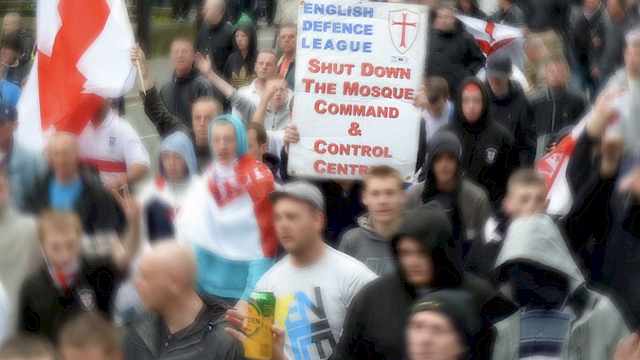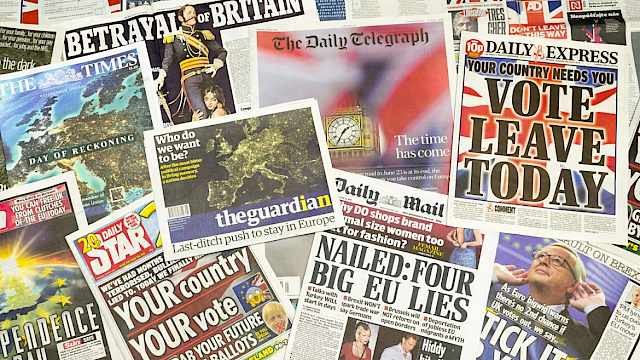How do leaderless jihadists decide who to attack? Generally, individuals who carry out attacks without the benefit of links to militant organisations don’t undertake the types of mass casualty operations many ideologues try to promote. They typically direct their violence at the police, military, or specific individuals whom they consider to have blasphemed against Islam. Why is this?
Part of the reason leaderless jihadist attacks do not resemble those of militant groups is likely because it’s difficult to produce viable bombs or access firearms. But it’s not hard to think of attacks that produce significant fear and casualties through low-tech means: a mass knifing in a train station, or arson attacks against schools. Also, given the number of leaderless jihadist operations directed at comparatively challenging targets such as military personnel, it does not seem that operational contingencies are the primary factor that shapes targeting choices. If logistical reasons are unable, on their own, to explain leaderless jihadist targeting, what might?
The primary factor uniting leaderless jihadists is their consumption of jihadist material, so in my research with Gilbert Ramsay, we sought to find out whether the answer to understanding targeting choices might lie there. Our starting point was that research trying to understand the relationship between ideological content and behaviour typically overlooks the differences that exist within jihadist output. Most straightforwardly, some content is more effective at engaging its listeners than others. There are also different justifications for jihad with implications for target selection. Finally, jihadist material invests greater value in some types of action and some types of actor. Pursuing these insights suggested an alternative way of thinking about how targeting preferences might emerge.
Our analysis of a range of jihadist output revealed two types of justification for jihad. One rooted in a geostrategic logic designed to extract concessions from enemy states and a second which sees violent jihad as a religious duty that will continue until judgement day; in effect, a true global war against unbelief. These differing rationales portray jihad either as an exceptional form of violence necessary to achieve specific, instrumental outcomes, such as control of territory. Or they assume jihad is a persistent, universal, and thereby normalised spiritual duty to attack the enemies of Islam wherever they may be found.
Leaderless jihadists are more likely to attack targets, such as military personnel, which are more clearly legitimate
These two types of global jihad have different implications for targeting. Efforts to achieve strategic goals seem likely to produce exceptional forms of violence directed at states through attacks on their civilians and economic infrastructure, the archetypal example of which is 9/11. By contrast, less spectacular violence in the service of an enduring, spiritual obligation seems more likely to be directed at high legitimacy targets: those targets that reflect what jihadists perceive to be Islam’s most obvious enemies, such as the police, military personnel or people felt to have blasphemed against Islam. This second targeting profile is reflected in many more leaderless jihadist operations than the strategic logic that characterises many of the international jihadist attacks orchestrated by formal militant networks.
To understand why a universalist rather than a strategic jihad might be more compelling to leaderless jihadists, we looked in depth at the material of two prominent ideologues: Adam Gadahn and Anwar al-Awlaki. Their outputs differ in both rhetorical flare and the ways they position the listener. Al-Awlaki’s material constructs a rich, storied world with complex characters involved in unfolding plots into which the listener is invited. Gadahn describes simplistic tales concerned with obligations and duties enacted by one-dimensional characters in an effort to tell the listener how they should behave. Al-Awlaki’s capacity to draw listeners into tales of courage, daring, and heroism marked him out as a more persuasive orator. Rather than simply trying to tell listeners what they should do, al-Awlaki seemed better equipped to encourage listeners to develop commitments to the characteristics embodied by the heroes of Islam’s golden age.
Given the different targeting logic reflected in jihadist discourse and the multiple layers of meaning it encompasses, it is perhaps not surprising that, when leaderless jihadists engage in violence, their attacks generally do not adhere to the strategic logic reflected in those carried out by militant networks. Faced with an overwhelming array of potential targets, it seems leaderless jihadists are more likely to attack targets, such as military personnel, which are more clearly legitimate, and that offer the opportunity to enter the canon of heroic mujahideen portrayed in the most powerful ideological material. These insights illustrate the importance of differentiating between jihadist texts, both to appreciate what makes some ideological content more effective than others, and to understand the complex functions such material serves in informing targeting preferences.
Copyright Information
As part of CREST’s commitment to open access research, this text is available under a Creative Commons BY-NC-SA 4.0 licence. Please refer to our Copyright page for full details.








